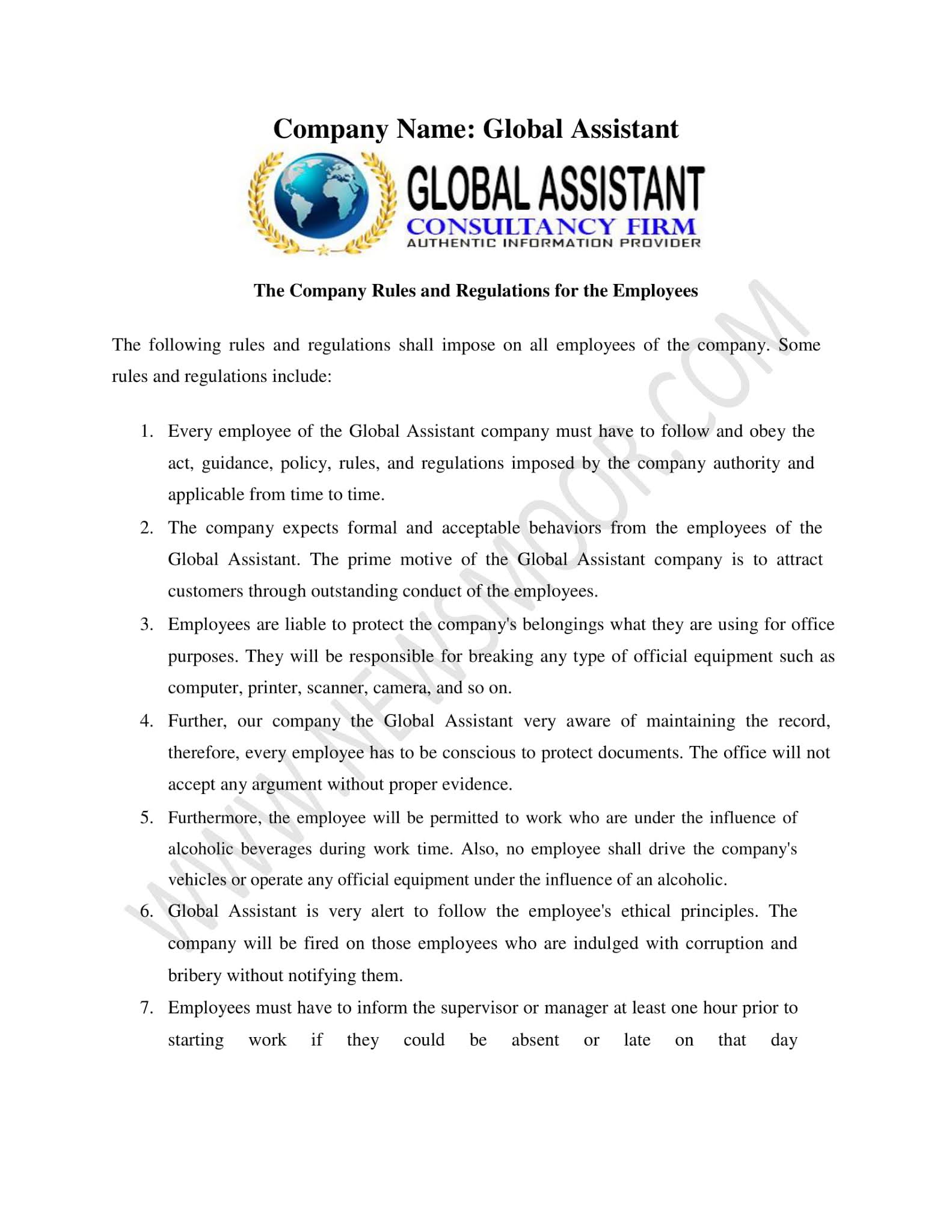Bangladesh Awami League Committee List. Bangladesh Awami League President and Secretary List Since 1949 to 2023. আওয়ামী লীগের সকল সম্মেলন তালিকা. AL is the abbreviation of the Awami League. Bangladesh Awami League Central Full-Fledged Committee 2022 pdf.
Bangladesh Awami League Committee List
Awami League of Bangladesh
Bangladesh Awami League is one of the biggest and most prominent political parties in Bangladesh. It was established by the father of the nation Sheikh Mujibur Rahman, Abdul Hamid Khan Bhashani, Shawkat Ali, Yar Mohammad Khan, and, Shamsul Huq. Bangladesh Awami League is also known as Awami League or AL. In 1949, the Awami League was established in Rose Garden Palace. Rose Garden Palace is the birthplace of the Awami League. When Bangladesh Awami League got birth the name was Pakistan Awami Muslim League. In 1949, Bangladesh was part of Pakistan and then it was East Pakistan.
The founder President of the Bangladesh Awami League is Abdul Hamid Khan Bhashani. The founder general secretary of the Bangladesh Awami League is Yar Mohammad Khan and Shamsul Huq. The Awami League Political party had split from Awami Muslim League in 1953. Along with other leaders, Bangabandhu Sheikh Mujibur Rahman was renamed to make this political party secular.
বাংলাদেশ আওয়ামী লীগের সকল সভাপতি ও সেক্রেটারির নামের তালিকা ভিডিওতে।
Bangladesh Awami League Committee List
Bangladesh Awami League President and Secretary List Since 1949 to 2021
| Year | President | General Secretary | |
| 1 | 23 June 1949 – 3 July 1953 | Abdul Hamid Khan Bhashani | Shamsul Huq Sheikh Mujibur Rahman(Acting) |
| 2 | 3 July 1953 – 21 October 1955 | Abdul Hamid Khan Bhashani | Sheikh Mujibur Rahman |
| 3 | 21 October 1955–13 June 1957 | Abdul Hamid Khan Bhashani | Sheikh Mujibur Rahman |
| 4 | 13 June 1957- 6 March 1964 | Abdur Rashid Tarkabagish | Sheikh Mujibur Rahman |
| 5 | 6 March 1964- 18 March 1966 | Abdur Rashid Tarkabagish | Sheikh Mujibur Rahman |
| 6 | 18 march 1966-19 October 1968 | Sheikh Mujibur Rahman | Tajuddin Ahmad |
| 7 | 19 October 1968- 4 June 1970 | Sheikh Mujibur Rahman | Tajuddin Ahmad |
| 8 | 4 June 1970- 7 April 1972 | Sheikh Mujibur Rahman | Tajuddin Ahmad |
| 9 | 7 April 1972- 18 January 1974 | Sheikh Mujibur Rahman | Zillur Rahman |
| 10 | 18 January 1974- 3 April 1977 | Muhammad Qamaruzzaman | Tajuddin Ahmad |
| 11 | 3 April 1977- 3 March 1978 | Syeda Zohra Tajuddin (Convenor) | None |
| 12 | 3 March 1978- 14 February 1981 | Abdul Malek Ukil | Abdur Razzaq |
| 13 | 14 February 1981- 1 January 1987 | Sheikh Hasina | Abdur Razzaq |
| 14 | 1 January 1987- 19 October 1992 | Sheikh Hasina | Syeda Sajeda Chowdhury |
| 15 | 19 October 1992- 6 May 1997 | Sheikh Hasina | Zillur Rahman |
| 16 | 6 May 1997- 2022 | Sheikh Hasina | Zillur Rahman |
| 17 | 2002- 28 July 2009 | Sheikh Hasina | Abdul Jalil |
| 18 | 28 July 2009- 29 December 2012 | Sheikh Hasina | Sayed Ashraful Islam |
| 19 | 29 December 2012- 22 October 2016 | Sheikh Hasina | Sayed Ashraful Islam |
| 20 | 22 October 2016- 20 December 2019 | Sheikh Hasina | Obaidul Quader |
| 21 | 20 December 2019 | Sheikh Hasina | Obaidul Quader |
| 22 | 21 December 2022 | Sheikh Hasina | Obaidul Quader |
| 23 | Sheikh Hasina |
Note: This Date Has Been Counted From The First Day Of the Council.

The Full Bangladesh Awami League Committee List- PDF Download Link
Bangladesh Awami League Council 2022 Committee List
President: Sheikh Hasina
General Secretary: Obaidul Quader
Presidium Members
- Begum Matia Chowdhury MP
- Sheikh Fazlul Karim Selim MP
- Kazi Zafar Ullah
- Engr Mosharraf Hossain MP
- Sri Pijush Kanti Bhattacharya
- Dr. Md Abdur Razzaque MP
- Lt Col (Retd) Muhammad Faruque Khan MP
- Shahjahan Khan MP
- Dr. Mostofa Jalal Mohiuddin
- Jahangir Kabir Nanak
- Abdur Rahman
- AHM Khairuzzaman Liton
- Mofazzal Hossain Chowdhury Maya Bir Bikram
- Advocate Quamrul Islam MP
- Simin Hossain Rimi.
Joint General Secretaries:
- Dr. Hasan Mahmud MP
- Mahbub-ul-Alam Hanif MP
- AFM Bahauddin Nasim
- Dr. Dipu Moni MP
Treasurer: HN Ashiqur Rahman MP
Finance and Planning Affairs Secretary: Wasika Ayesha Khan MP
International Affairs Secretary: Dr. Shammi Ahmed
Law Affairs Secretary: Advocate Nazibullah Hiru
Agriculture and Cooperative Affairs Secretary: Faridunnahar Laily
Information and Research Secretary: Dr. Selim Mahmud
Relief and Social Welfare Secretary: Aminul Islam Amin
Office Secretary: Barrister Biplob Barua
Religious Affairs Secretary: Advocate Sirajul Mostofa
Publicity and Publication Secretary: Dr. Abdus Sobhan Golap MP
Forest and Environment Affairs Secretary: Delwar Hossain
Science and Technology Affairs Secretary: Engr Md Abdus Sabur
Woman Affairs Secretary: Jahanara Begum
Liberation War Affairs Secretary: Advocate Mrinal Kanti Das MP
Education and Human Resources Secretary: Shamsun Nahar Chapa
Industries and Commerce Secretary: Md Siddiqur Rahman
Cultural Affairs Secretary: Asim Kumar Ukil MP
Health and Population Affairs Secretary: Dr. Rokeya Sultana
Organising Secretary: Ahmad Hossain, BM Mozammel Huque, Abu Sayeed Al Mahmud Swapan MP, SM Kamal Hossain, Mirza Azam MP, Advocate Afzal Hossain, Shafiul Alam Chowdhury Nadel, Sujit Roy Nandi,
Deputy Office Secretary: Sayem Khan
Besides, three posts have remained vacant—youth and Sport Secretary, Deputy Publicity and Publication Secretary, and Labour and Manpower Secretary.
Bangladesh Awami League Central Committee List 2019-2021
The committee was formed in 2019, and the committee has expired on 20 December 2022.
Bangladesh Awami League Council 2019
Bangladesh Awami League’s 21st national council was organized in the historic Suhrawardy Udyan on 20 December 2019. The president of AL also the prime minister of the People’s republic of Bangladesh, inaugurated the two-day congregation. It is estimated that around 5,000 special guests, 7,500 councilors, and 15,000 delegates presented at the council in 2019. Bangladesh Awami League invited all other political leaders except Jamaat-e-Islami. They also invited all diplomats to Dhaka.
Bangladesh Awami League Central Full Committee 2019
| Post | Old Faces | New Faces |
| President | Sheikh Hasina | |
|
Presidium member |
1. Sajeda Chowdhury 2. Sheikh Fazlul Karim Selim 3. Matia Chowdhury |
|
| 4. Mohammad Nasim 5. Kazi Zafar Ullah |
||
| 6. Advocate Sahara Khatun 7. Engineer Mosharraf Hossain 8. Syed Ashraful Islam |
||
| 9. Pijush Kanti Bhattacharya 10. Nurul Islam Nahid 11. Dr. Md Abdur Razzak |
||
| 12. Lt Col (retd) Muhammad Faruq Khan 13. Ramesh Chandra Sen |
||
| 14. Advocate Abdul Mannan Khan 15. Advocate Abdul Matin Khasru |
16. Shahjahan Khan 17. Jahangir Kabir Nanak 18. Abdur Rahman |
|
| General Secretary | Obaidul Quader | |
| Joint General Secretary | 1. Mahbubul Hanif 2. Dipu Moni |
3. Dr. Hasan Mahmud 4. AFM Bahauddin Nas |
| Organizational Secretary | 1. Ahmed Hossain 2. BM Mozammel Hoque 3. Abu Sayeed Al Mahmud Swapan |
4. SM Kamal 5. Mirza Azam Advocate Afzal Hossain Shafiul Alam Chowdhury Nadel |
| International Affairs Secretary | Shammi Ahmed | |
| Law Secretary | Najibullah Hiru | |
| Office Secretary | Bar Biplob Barua | |
| Publication Secretary | Abdus Sobhan Golap | |
| Women’s Affairs Secretary | Meher Afroze Chumki | |
| Finance Secretary | Begum Waseqa Ayesha Khan | |
| Information and research secretary | Dr Selim Mahmud | |
| Labor and Employment Affairs secretary | Habibur Rahman Shiraz | |
| Deputy office secretary | Sayem Khan | |
| Deputy publication’s secretary. | Aminul Islam Amin | |
| Members of the executive committee | Abul Hasnat Abdullah Mofazzal Hossain Chowdhury Maya Quamrul Islam, Mostafa Jalal Mohiuddin KM Jahangir Nurul Islam Thandu Badaruddin Ahmed Kamran Dipangkar Talukder Amirul Alam Milon Akhter Jahan Dr Mushfique Riazul Kabir Kausar Merina Jaman Kabita Parvin Jaman Kalpana Hosne Ara Lutfa Dalia Advocate Safura Khatun Advocate Sanjida Khanom Anwar Hossain, Anisur Rahman Sahabuddin Farazi Iqbal Hossain Apu Golam Rabbani Chinu Marufa Akhter Popy Remand Areng Gloria Sarker Jharna. |
Full List of 64 Districts Razakar in Bangladesh PDF
The list of 10,789 Razakars from 64 Districts in Bangladesh has been controverted due to having some freedom fighters’ names in the list. Therefore, the Ministry of Liberation War Affairs has withdrawn the list of Razakars from the Ministry website.
Who is Razakars?
Razakars were an anti-Bangladesh paramilitary force made by the West Pakistani army in then East Pakistan and now Bangladesh during the liberation war in 1971. Pakistani army organized them to suppress nationalist Bengali and freedom fighters. They worked as informers of the Pakistani military.
Freedom fighters are Bangladeshi people who fought for liberation in 1971. The Razakars were paramilitary forces under the Pakistani Army, such as Al-Badr and Al-Shams. The Shanti committee recruited Razakars in 1971. However, the Shanti Committee is also known as the East Pakistan Central Peace Committee (Bengali Nagorik Shanti Committee).
In 1971, the Razakar Bahini set their garrison in the Khulna division in Bangladesh. There were around 3000-4000 Razakars who trained in the Pakistani army. Firstly, they got light infantry weapons, and their primary duty was to arrest and detained Bengali nationalist suspects. In addition, these Razakars helped the Pakistani army in raping, murdering, and looting the local properties. Finally, on behalf of the Pakistani army, they fought against Bengali freedom fighters directly.
The meaning of the Razakar is a volunteer, but Bangladeshi people treat them as traitors. Bangladeshi people hate them because they helped the Pakistani army in the liberation war in 1971. The training period was only 15 days for the Razakar. The first batch of the Razakars force completed their training on 1 July 1971.
Razakars List Publication
The Liberation War Affairs Ministry published The List of 10,789 Razakars in 2019. Although this list has become controversial because of including some freedom fighters and organizer’s names on the list, The Liberation Minister claimed that the Home Ministry created this list. Also, he acknowledged that it is an involuntary mistake. Finally, Liberation War Affairs Minister AKM Mozammel Haque has regretted the “unintentional” mistakes in the list.
Full List of Razakars
বাংলাদেশের সকল রাজাকারের তালিকা
Full List of 10,789 Razakars of 64 Districts- PDF Download Link
Contents List of PDF File
- List of Razakars in Greater Faridpur District-522 Persons
- Full Razakars List of Dhaka Sadar (South) Total-604 Persons
- Razakars List of Chittagong Division Total- 140 persons
- The Razakars List of Rajshahi Division Total – 584 Persons
- Full Razakars List of Khulna Division Total- 1465 persons
- Razakars List of Barishal Division Total- 970 Persons
- The Razakars List of Sylhet Division Total- 12 Persons
- Razakars List of Rangpur Division Total- 2929 Persons
- Razakars List of Mymensingh Division Total- 2600 persons
Additional Information that has in the PDF File
Full List of 10,789 Razakars of 64 Districts in Bangladesh Published by Bangladesh Government in 2019. Additionally, the List of Al-Badar members is the list of the Al-Shams. Thanawise list of Rajakar Commanders. The List of Office Bearers and Members of the District Peace Committee. List of Office bearers and members of the Sub-Divisional Peace Committee. The List of Office Bearers of Sub-Thana Peace Committee. Also, the List of Presidents and Secretaries of the Union Peace Committee and the List of persons who took part in the Bye-election.
